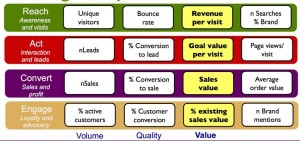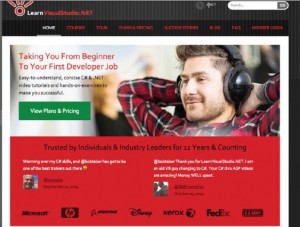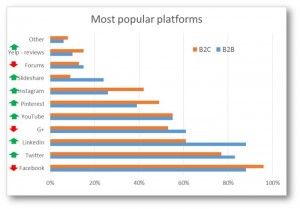Over the past year, small and midsize businesses have been rethinking their relationship with technology – and not a moment too soon. In fact, 2016 marks the first wave of Gen Z entering the workforce. And as this generation continues to settle into the workplace in 2017, they bring an entirely new set of values and expectations driven by their digital-based upbringing that will no doubt challenge firms.
Competing in the digital economy requires rapid and continuous innovation, accelerated decision-making and strategic thinking, and a culture of learning that keeps skills fresh for whatever may happen tomorrow. While small and midsize businesses are not the only ones struggling to keep up, they do have one advantage that can be their secret weapon in 2017: the ability to set strategies and transform at a pace that’s impossible for their larger rivals.
According to the e-book “Ecosystem in Action: SME Customer Success Stories,” recently released by SAP, a diverse segment of firms are already digitally transforming their workplaces and paving the way for the workforce of the future. Here’s a sample of how small and midsize businesses are preparing for the coming year.
Dickinson & Associates: Improving outcomes in the cloud
For nearly 20 years, companies across a variety of industries have relied on Dickinson & Associates to deploy the best technology to resolve process issues and stay focused on their business. However, rapid growth began to stress the Chicago-based consultancy’s already-disparate internal IT systems.
To foster innovation and deliver the services their clients expect, Dickinson & Associates adopted a cloud-based software platform that could scale with its growth. This approach allowed the firm to expand its digital capabilities without requiring additional investment in hardware or new solution development. With regular releases and innovations, the cloud platform is turning into a long-term solution that is resulting in significant savings for IT – which means more money to hire the best consultants and greater opportunities to support its clients better.
Karle Infra: Creating a performance-driven culture
Karle Infra conceptualizes some of the most imaginatively designed living and office spaces in India. Known for detail-oriented planning and energy-efficient design, the urban infrastructure development organization seeks to ignite and nurture a passion for innovation and creativity. But first, it needed a build workforce that matched that level of engagement.
After evaluating multiple on-premise and on-demand software options, Karle Infra chose a cloud-based human capital management solution. After a two-month-long implementation with the help of a service provider, the company achieved a faster and more-complete employee performance appraisal process. More important, this strategic platform set the stage to creating performance goals, measuring performance, and identifying high performers for reward, recognition, and succession.
Professional Standards Councils: Empower a remote workforce
Consumers across Australia confidently choose lawyers, financial advisors, accountants, and other professionals with proven credentials, thanks to the Professional Standards Councils (PSC). In addition to protecting consumers, PSC also collaborates with associations that represent 70,000 professionals to improve their standards. To succeed in its mission, PSC depends on a remote workforce of 50 employees spread throughout the sixth-largest country in the world. However, the independent agency soon realized that its on-premise IT infrastructure was too rigid to support such an organizational model.
The PSC team needed secure, 24×7 mobile access to the data and functionalities required to get work done. PSC turned to a cloud-based solution designed specifically for small and midsize businesses. Today, the solution enables its employees to take their office on the road. IT complexity and data silos are replaced with process simplicity, information integrity, and a more acceptable work-life balance. And because the solution runs on a high-speed, in-memory database, the workforce became more productive now that the user experience is more efficient and agile.
Business & Finance Articles on Business 2 Community(69)





